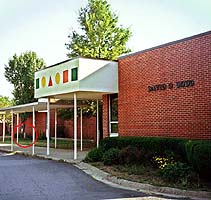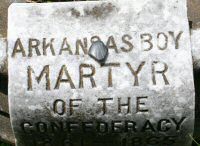Lesson 10: Stories of the Confederate South – “Freedom: An Allegory”
Opening Epigraph by Benjamin Franklin:
1. Discuss Benjamin Franklin, his life, and writings.
2. Discuss the symbol of the eagle in history. What other nations/empires have used the symbol?
Questions and Topics for Discussion, Writing, and Projects
1. Free people of color in the South before the War (Antebellum South) and during the war. (The minister in the story was a free person of color) Many were born free, and many became free. For more insights read Myths of American Slavery by Walter D. Kennedy (Pelican Publishing).
2. According to this site, <http://www.tnellen.com/cybereng/lit_terms/allegory.html> an allegory is a form of extended metaphor, in which objects, persons, and actions in a narrative, are equated with the meanings that lie outside the narrative itself. The underlying meaning has moral, social, religious, or political significance, and characters are often personifications of abstract ideas such as charity, greed, or envy. Thus, an allegory is a story with two meanings, a literal meaning and a symbolic meaning. Some famous allegories are Pilgrim’s Progress by John Bunyan, Paul’s allegory in the New Testament in Galatians 4, and perhaps, The Chronicles of Narnia by C. S. Lewis. Discuss how this story can be thought of as an allegory. What are the ideas of the story? What or who does the eagle represent?
3. Have the class sing together, “Poor Wayfarin’ Stranger.” Discuss its meaning.
Vocabulary:
1. eulogy – a speech praising someone who had died.
2. talons – claws
3. rogue foragers – violent, out of control Federal soldiers
4. nanny – one hired to take care of children.
5. regal – royal





